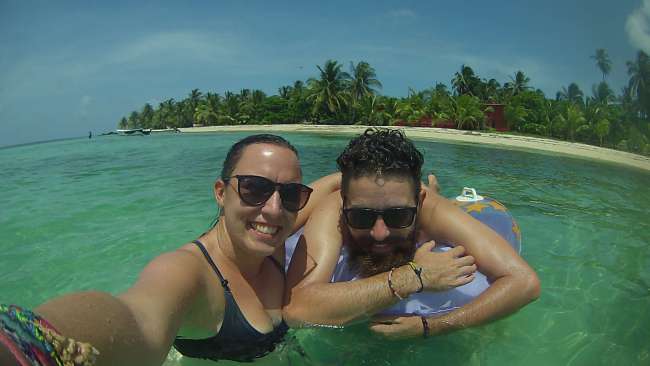To the ends of the earth ... and even further! From Buenos Aires to Ushuaia
ئېلان قىلىندى: 02.03.2017
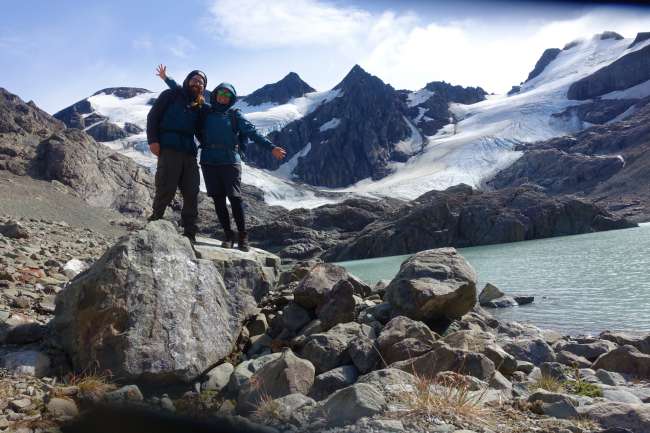
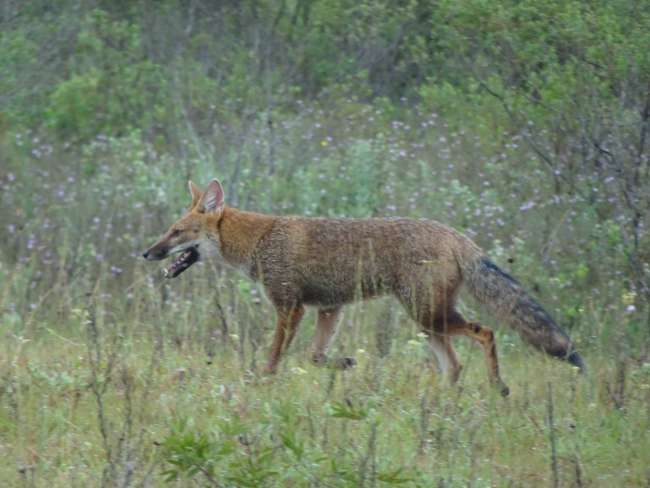
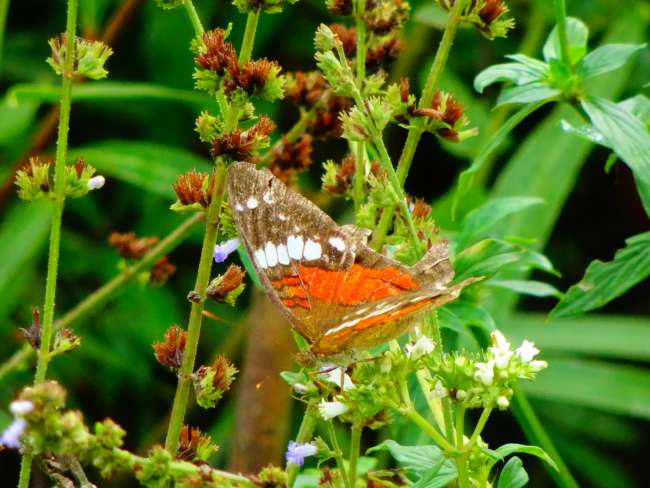
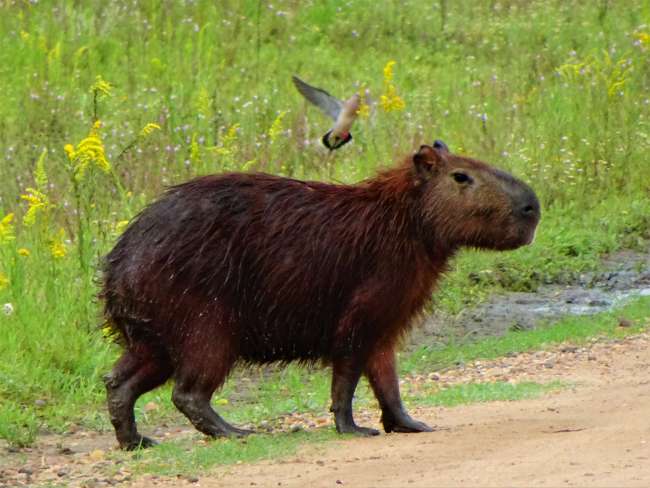
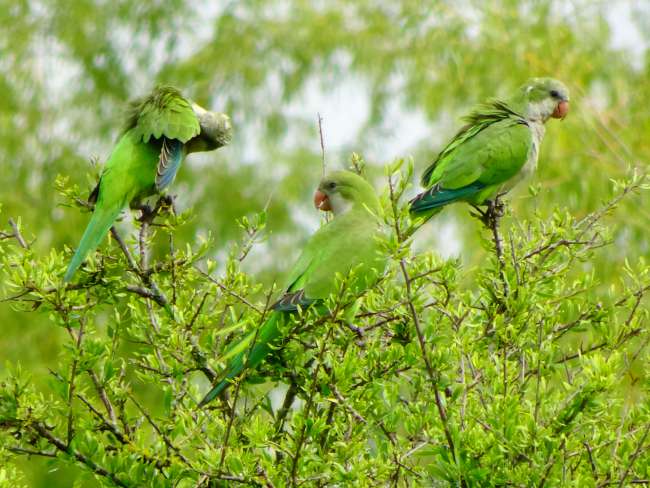
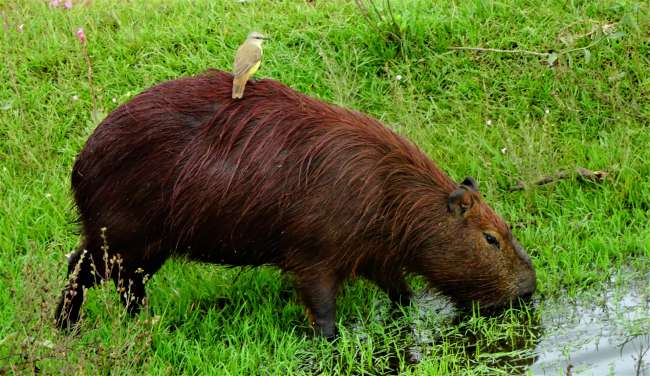

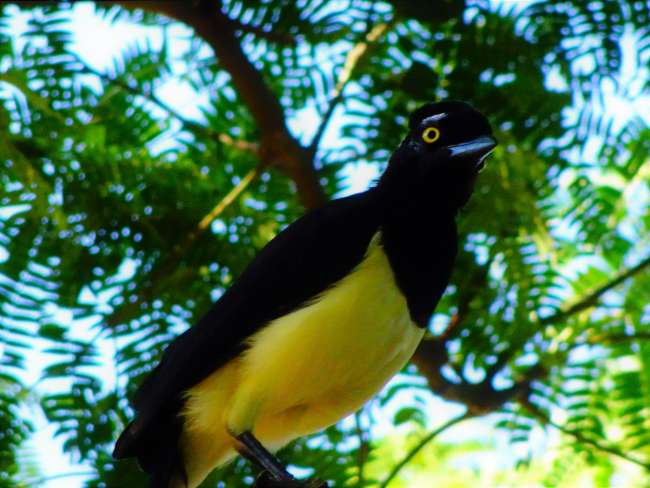
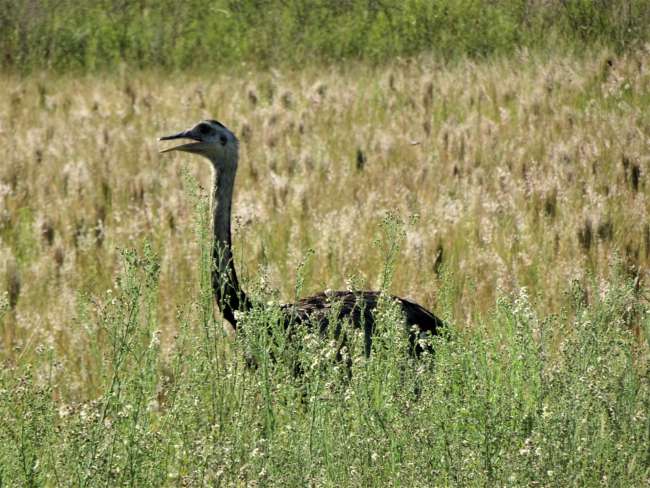
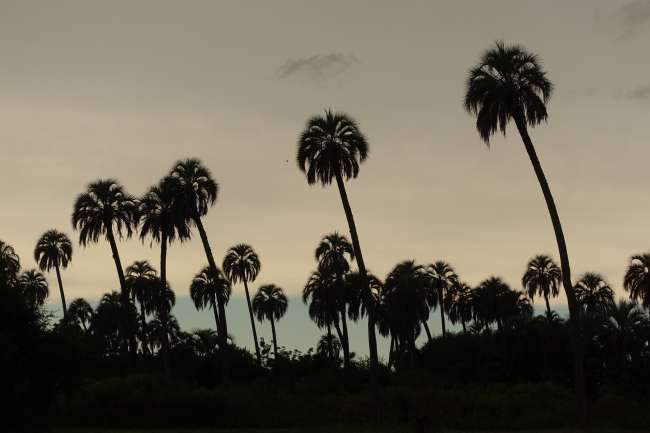
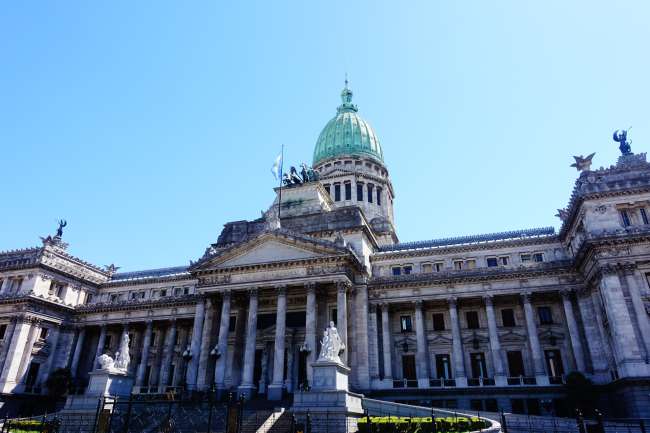
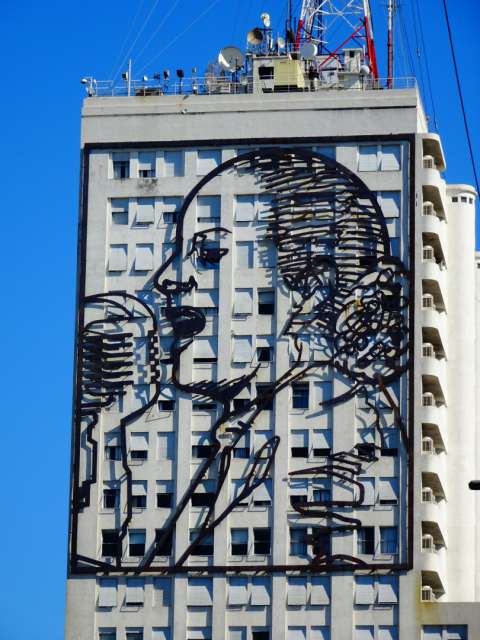
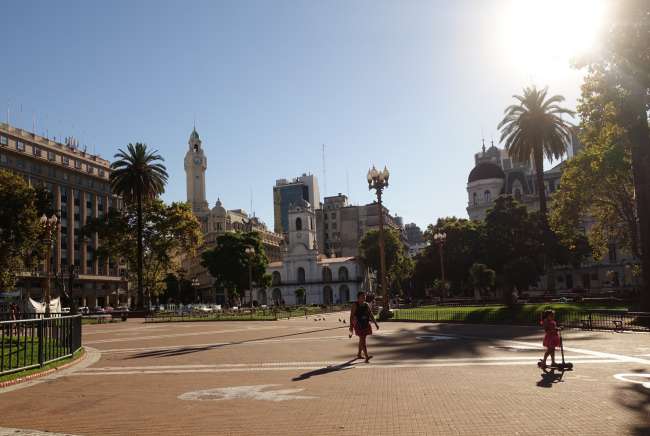
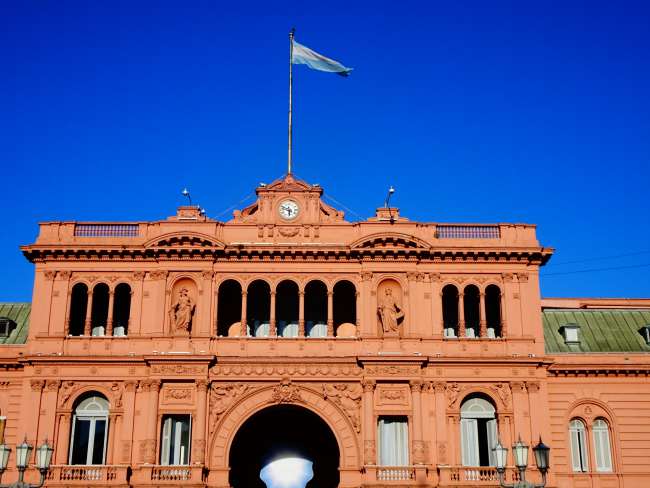
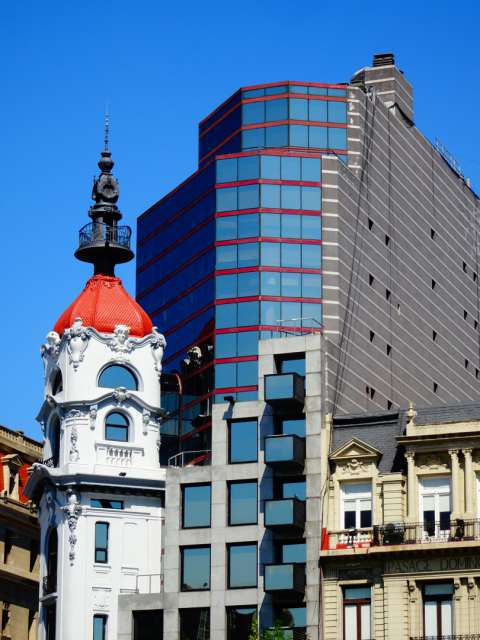
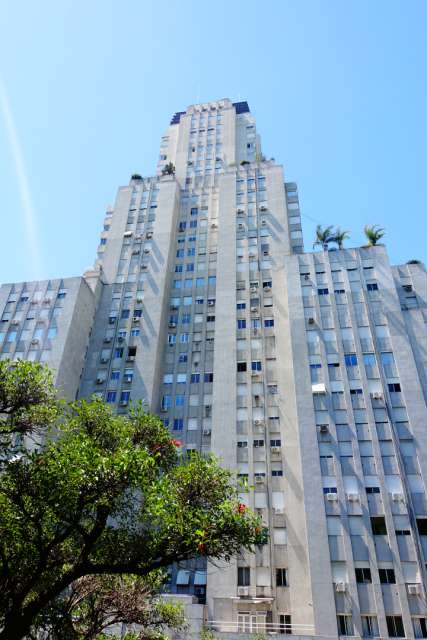
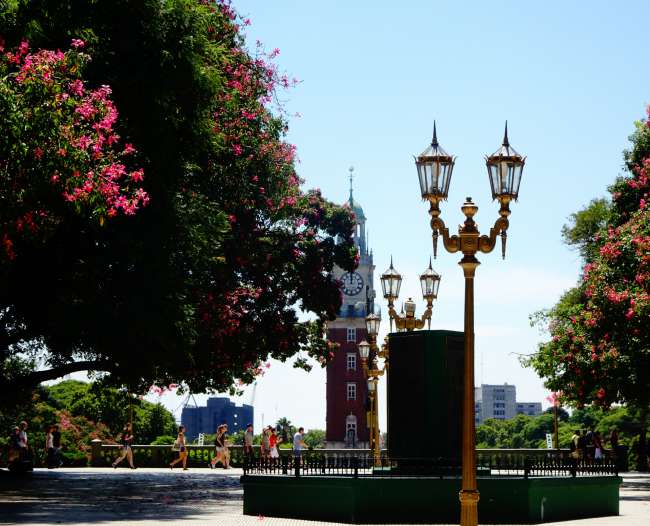
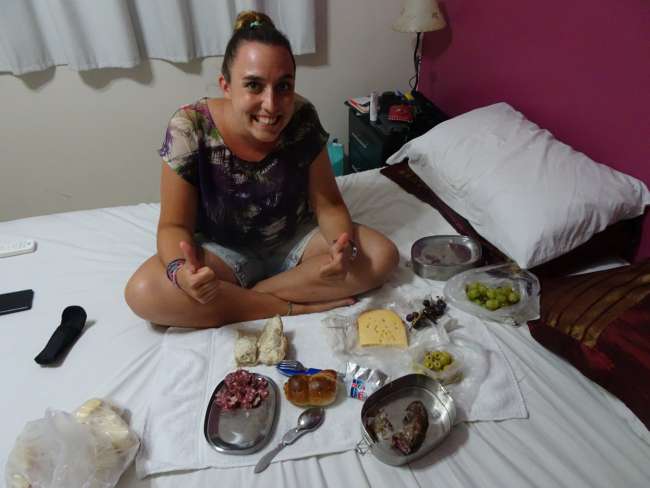
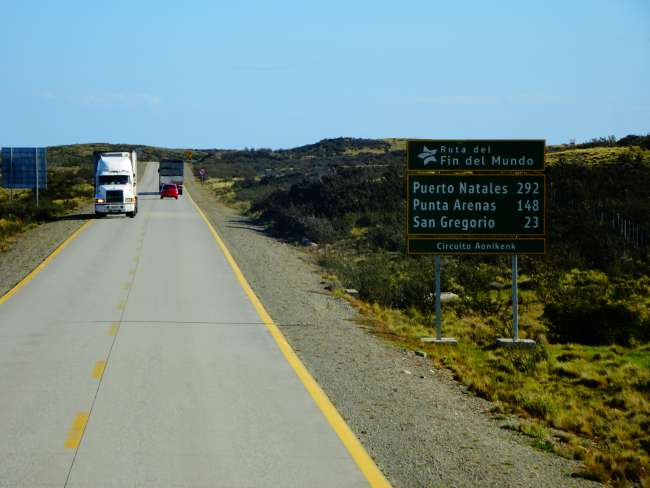
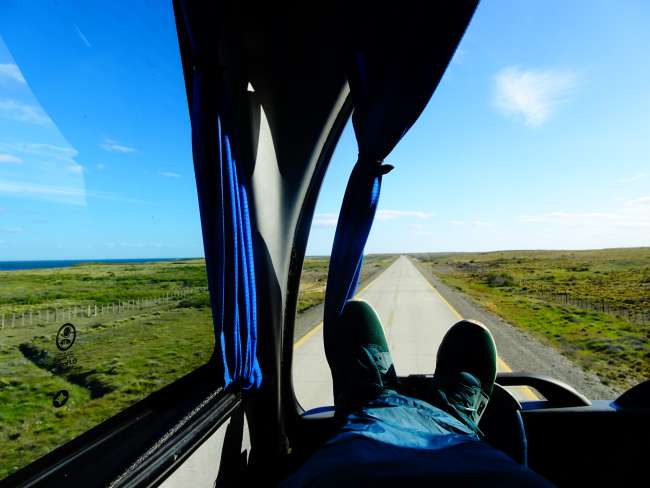
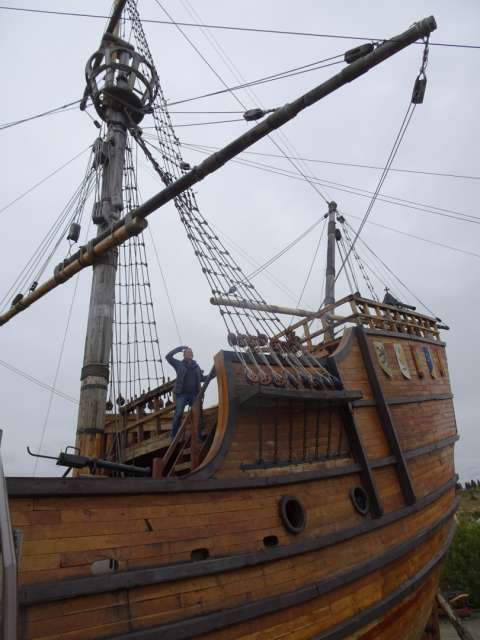
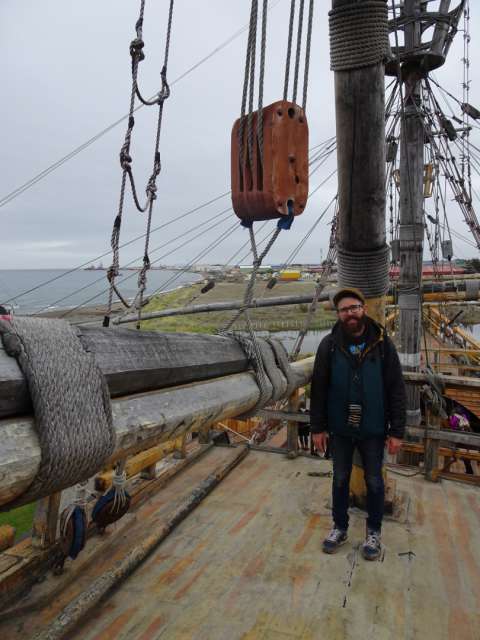
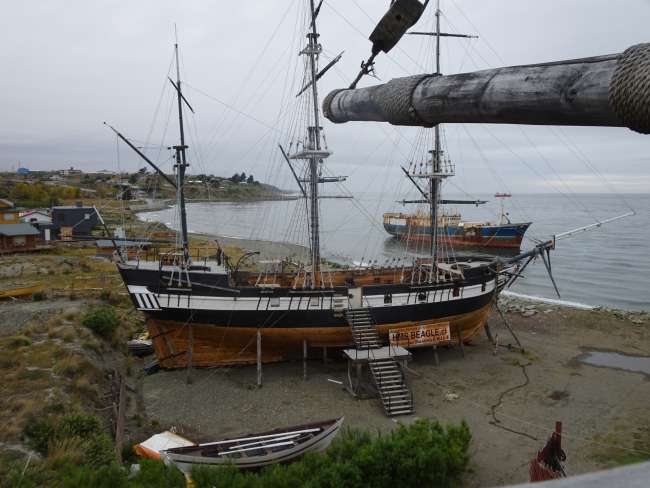
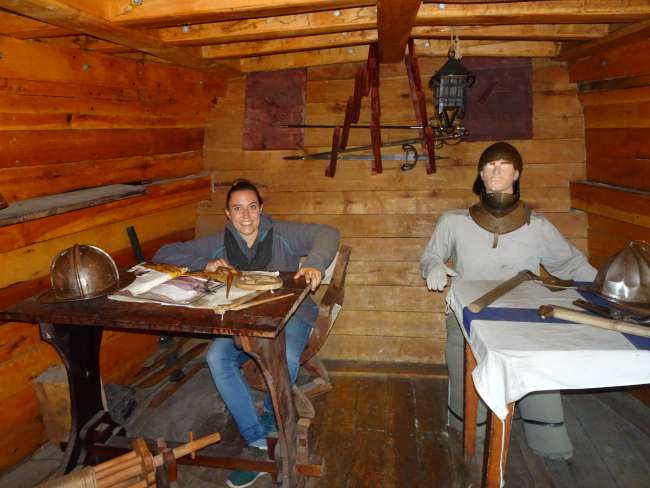
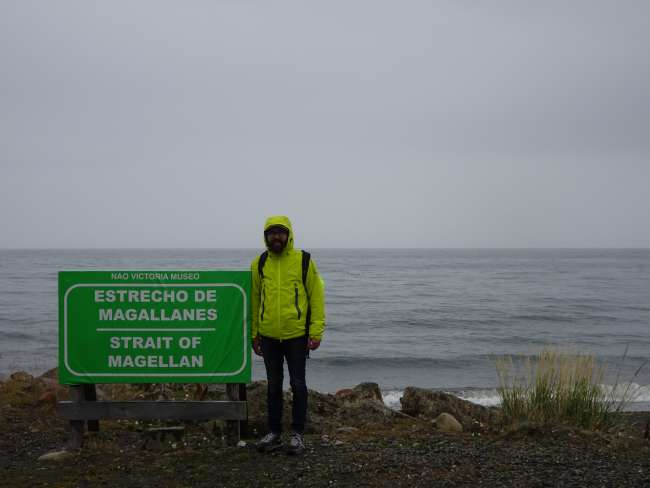
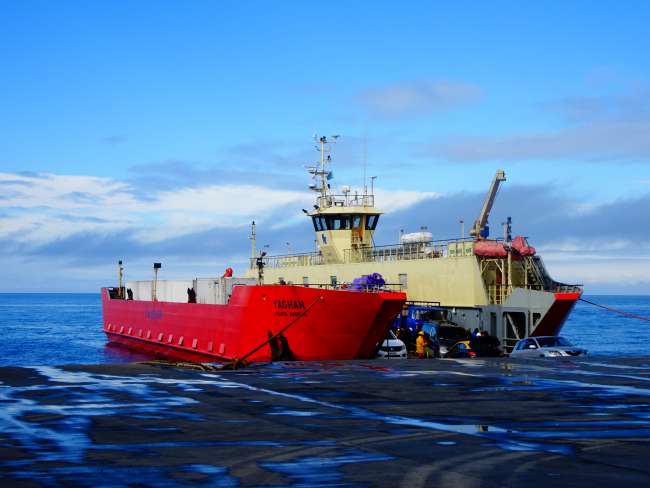
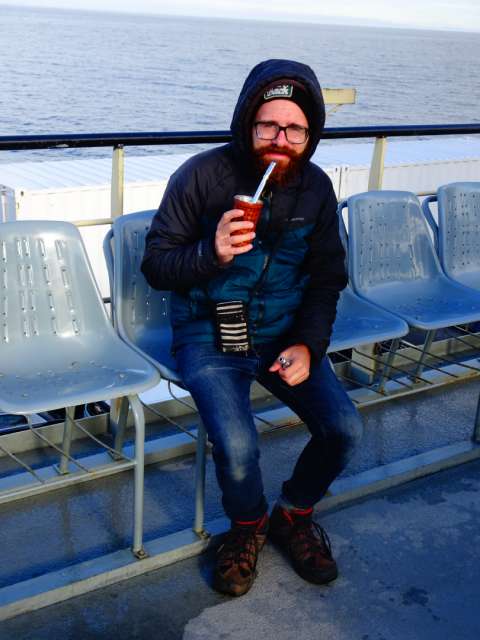
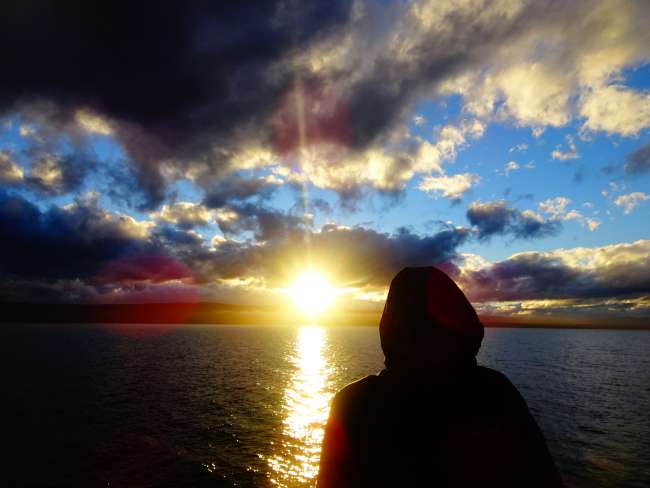

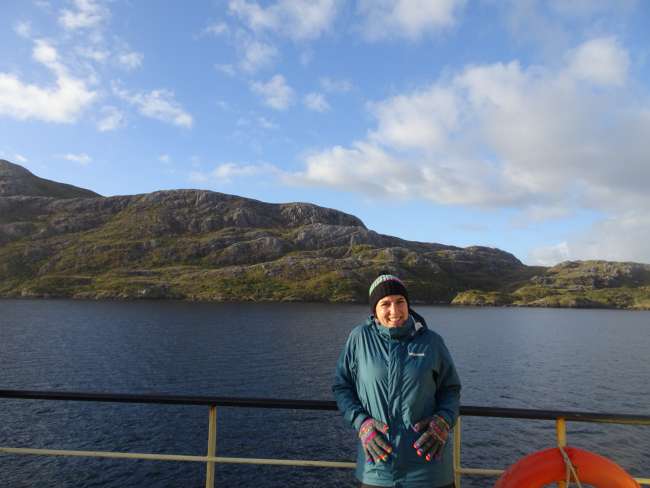
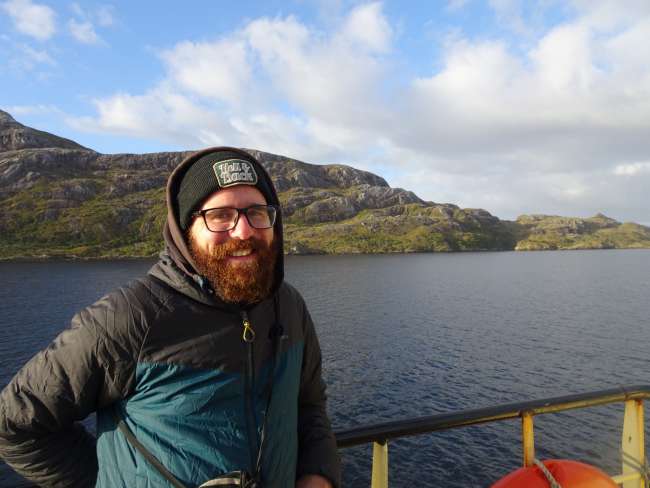
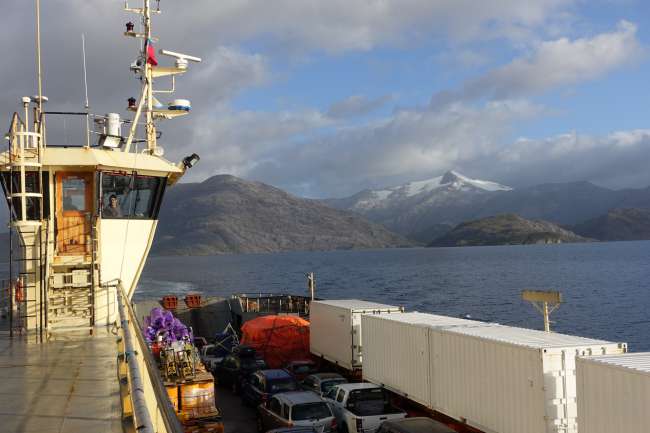
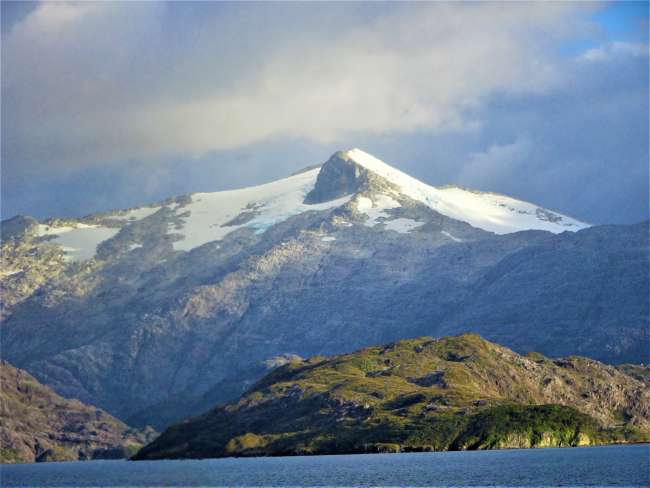
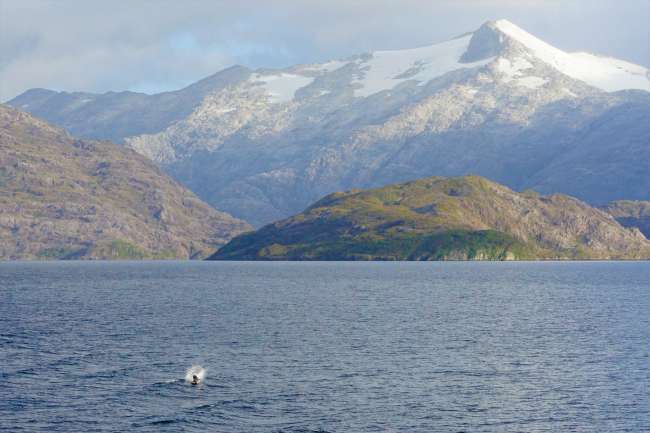
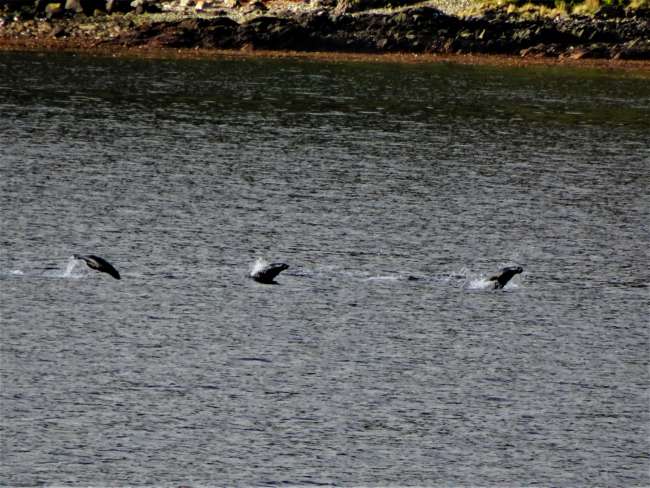
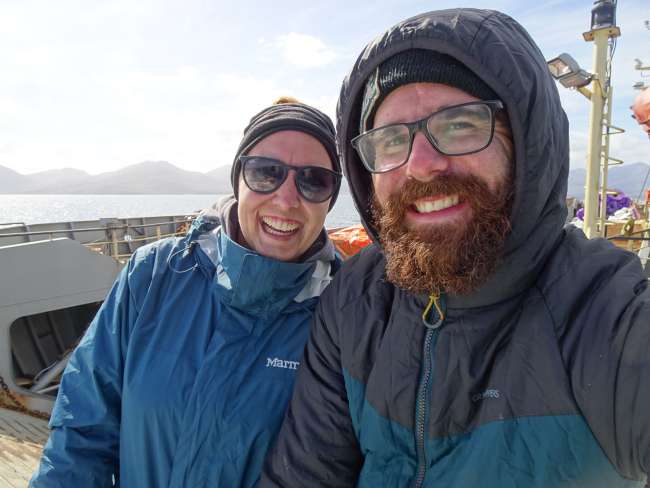
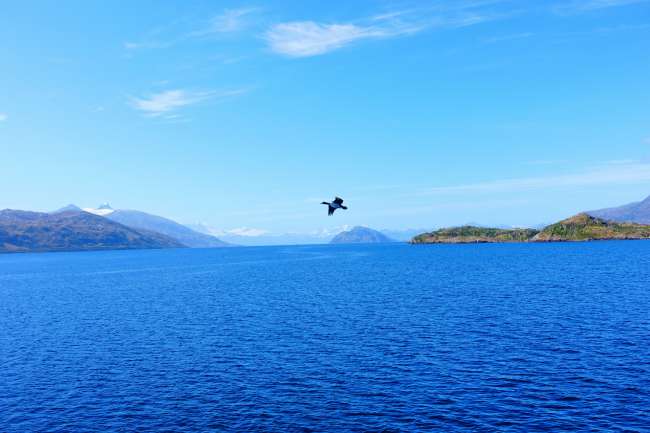
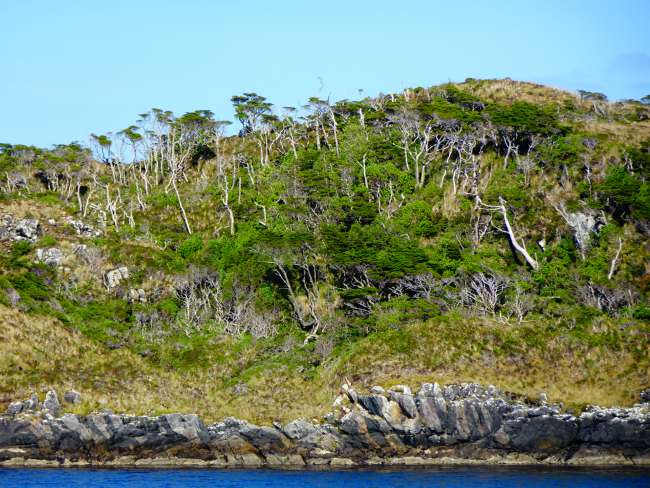
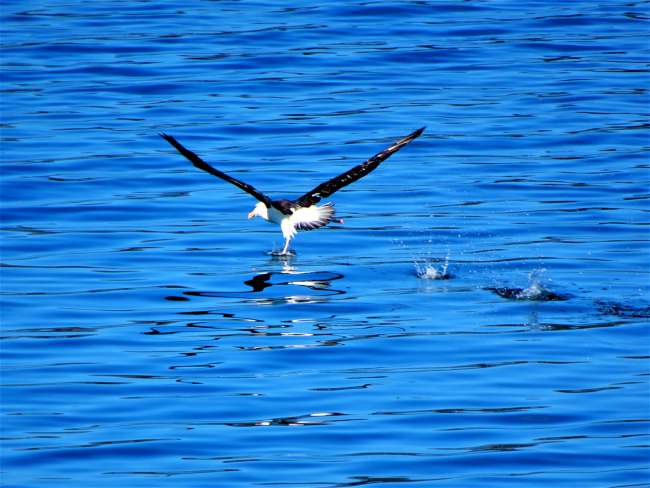
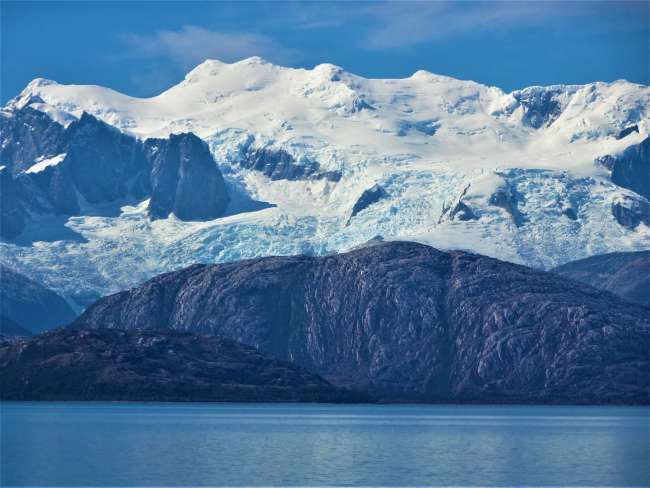
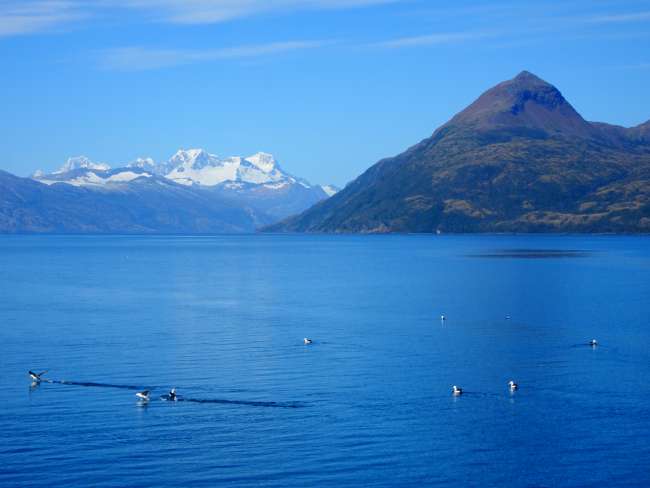
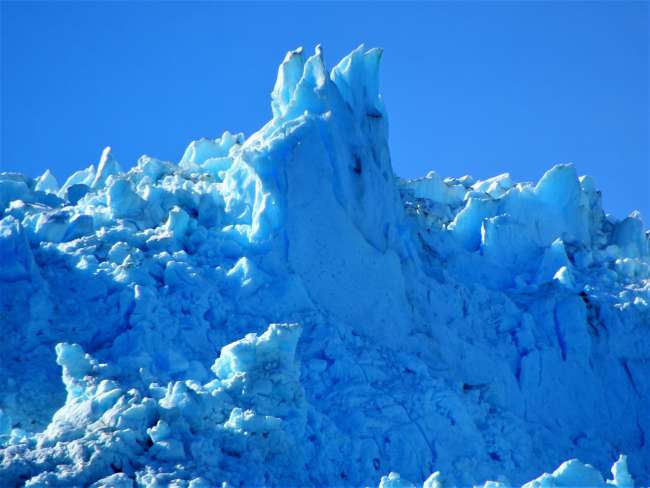
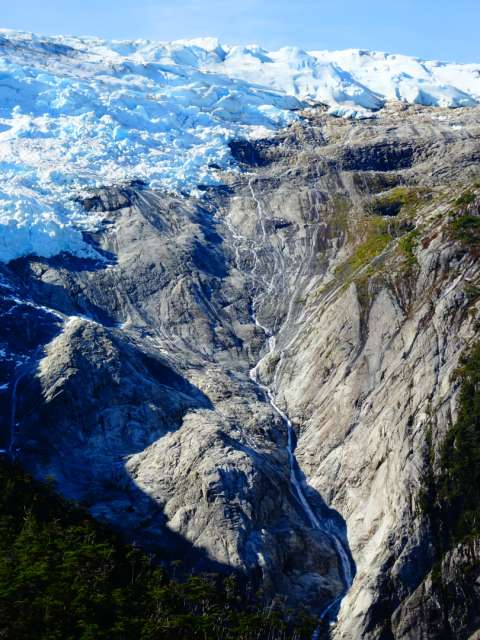
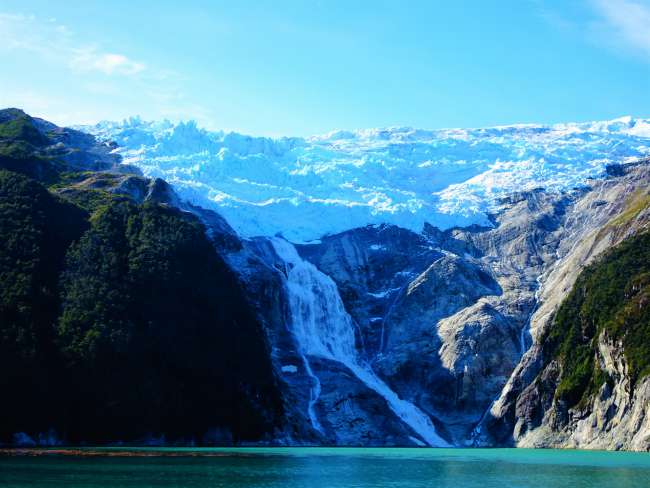
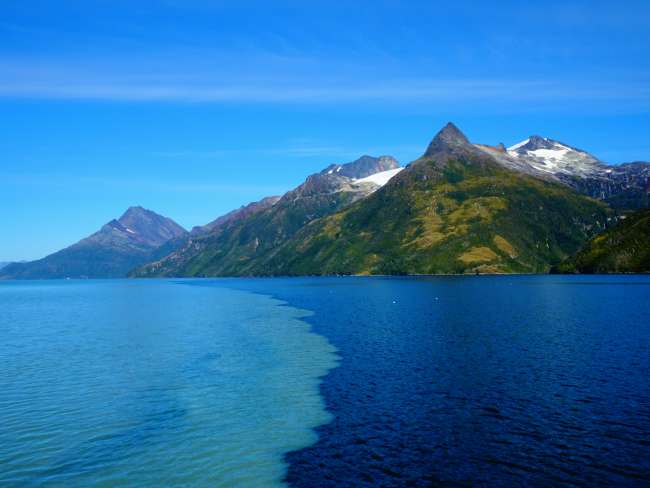
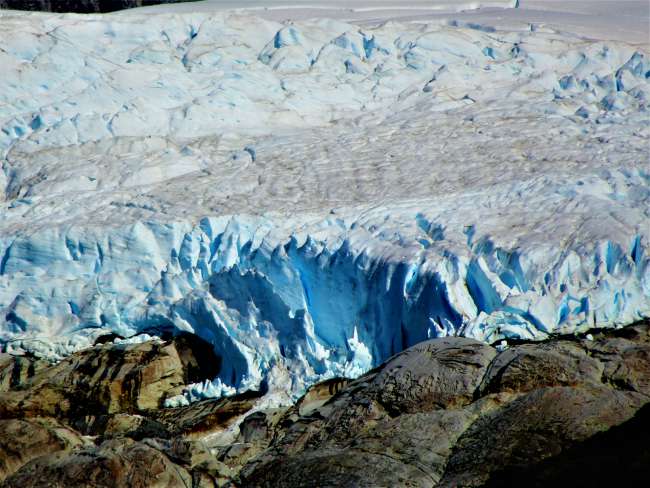
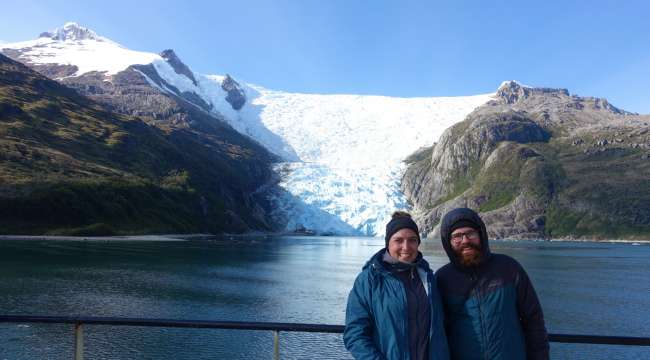
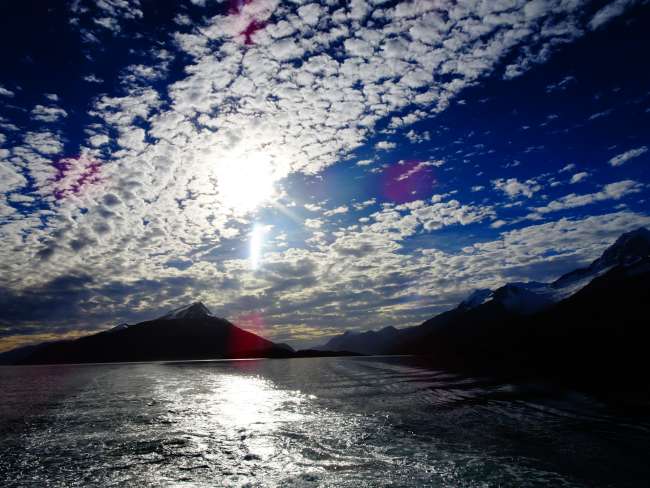
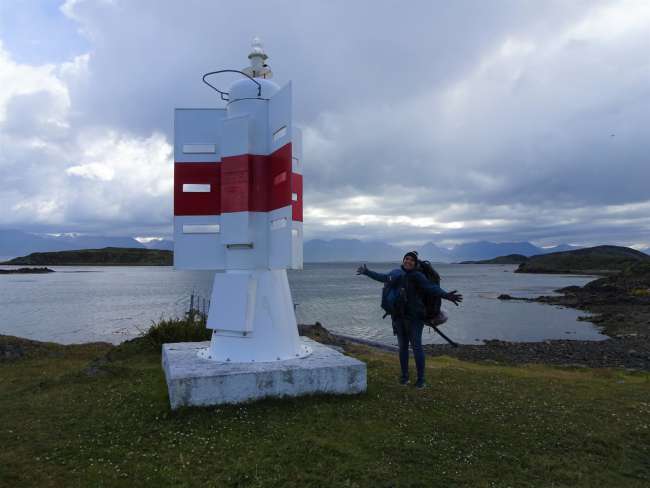
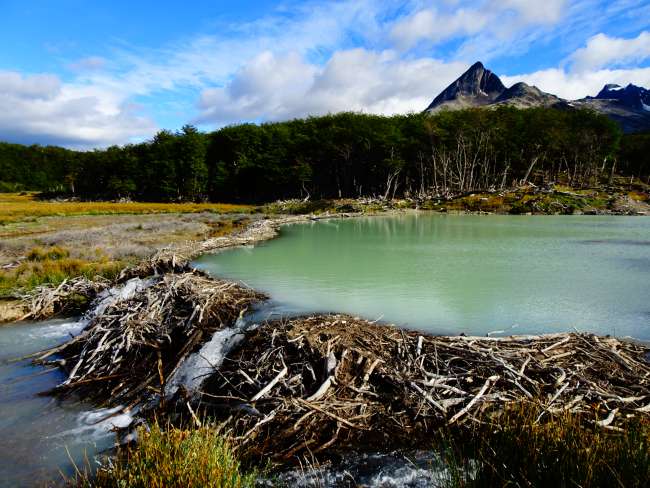
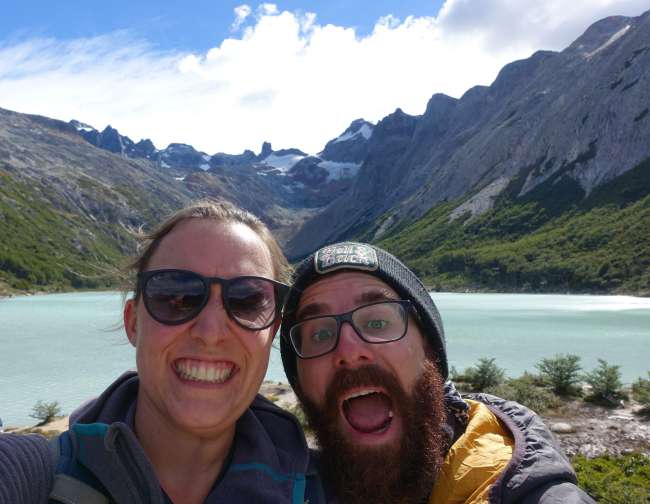
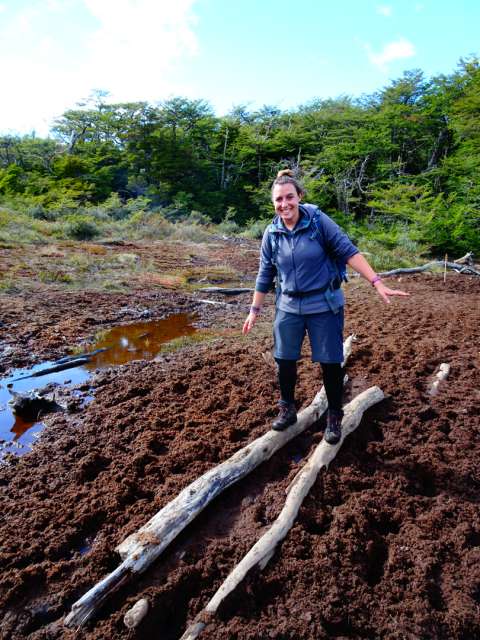
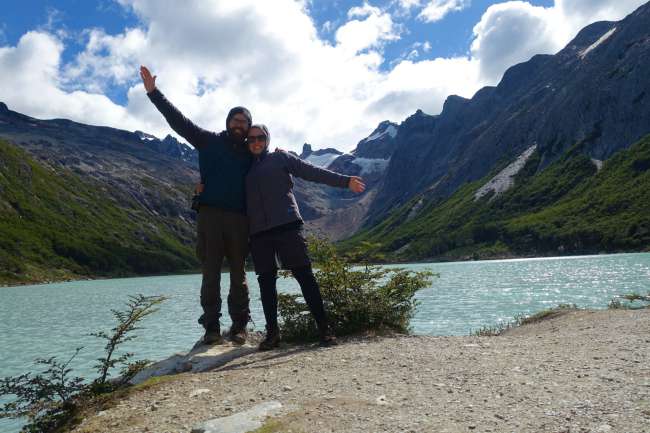
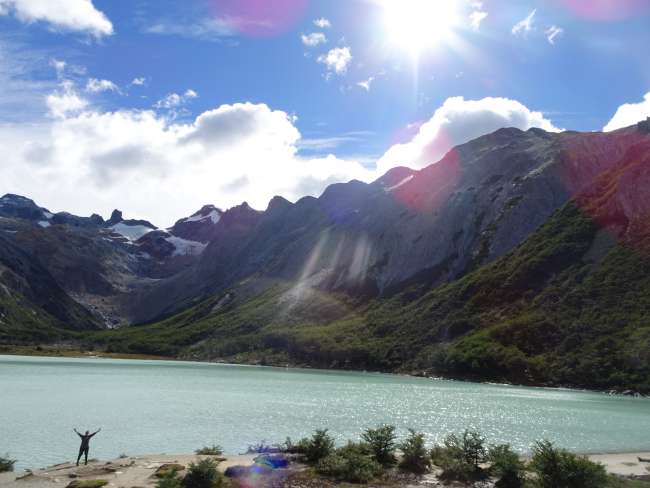
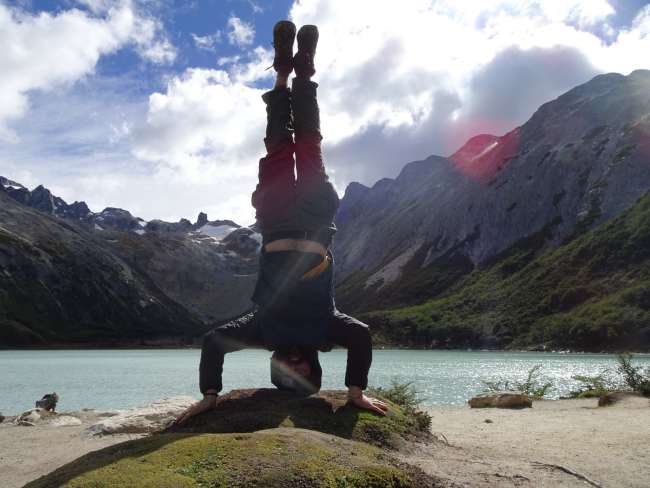
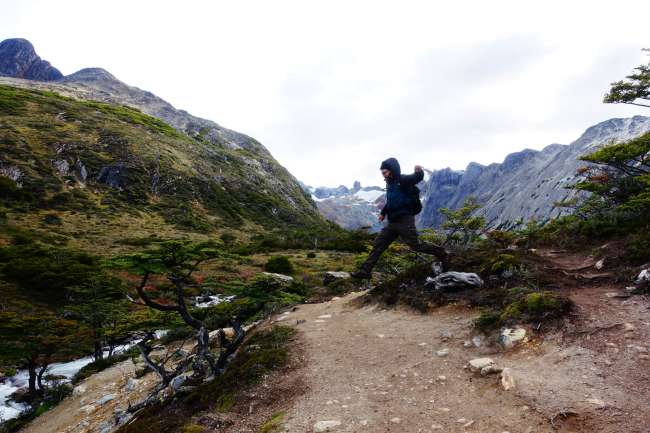
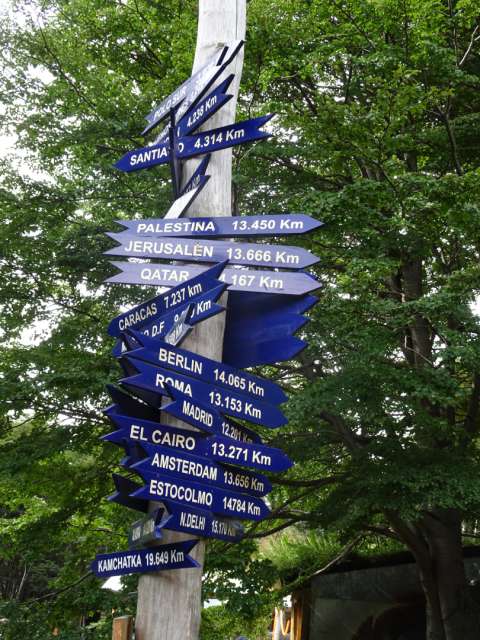
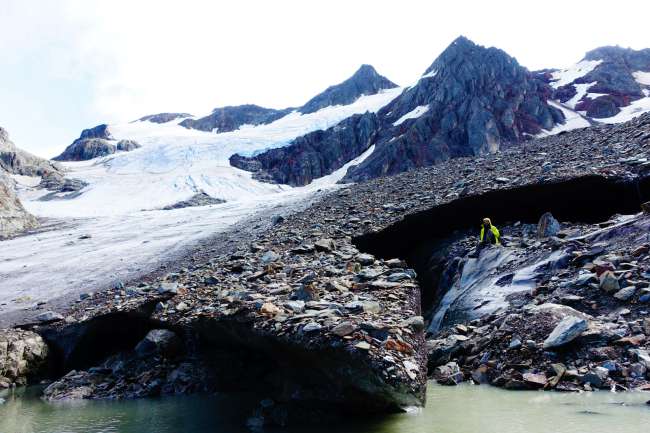
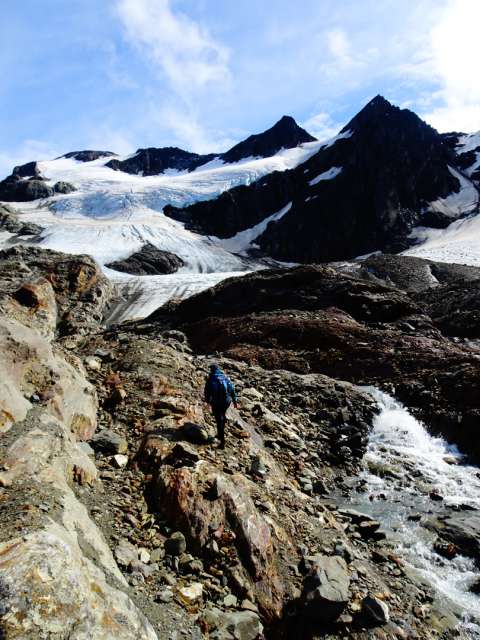
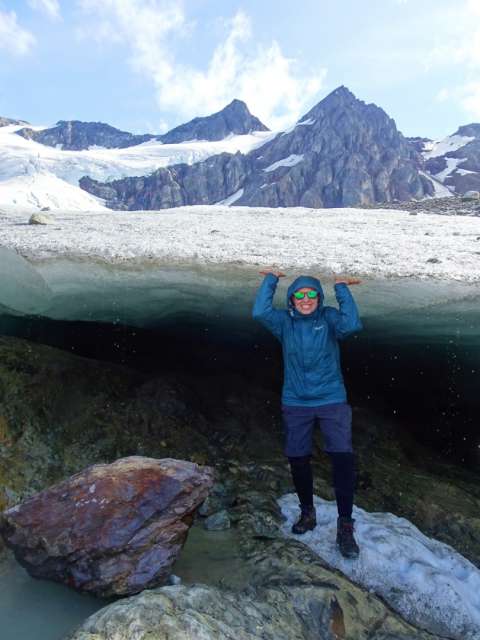
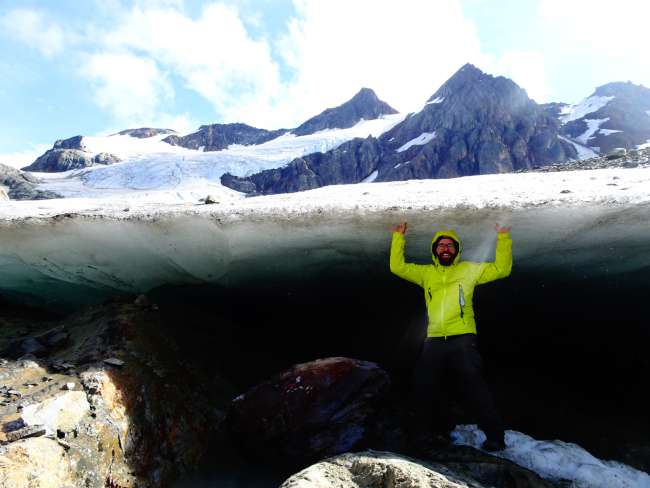
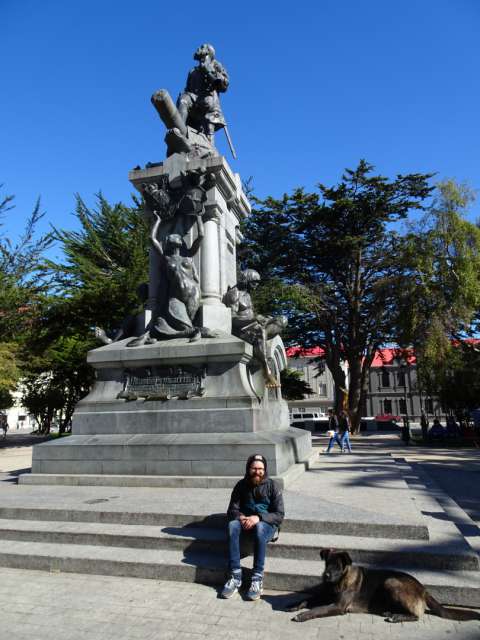
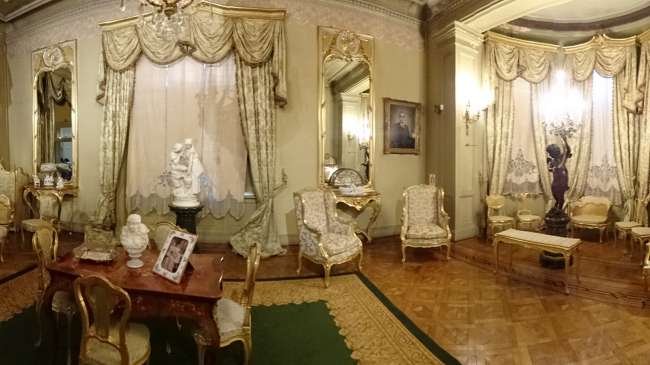
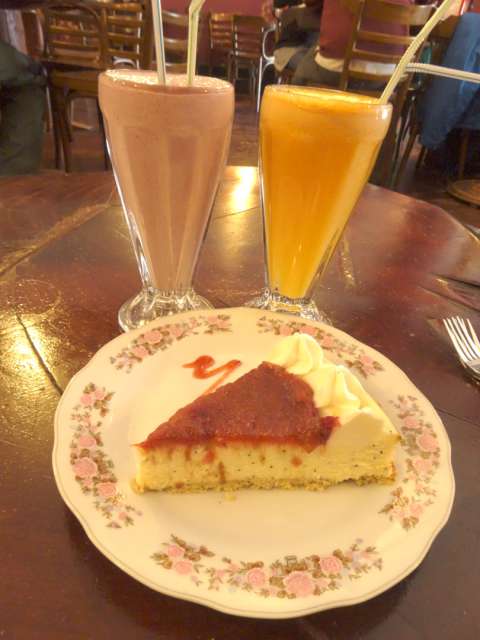
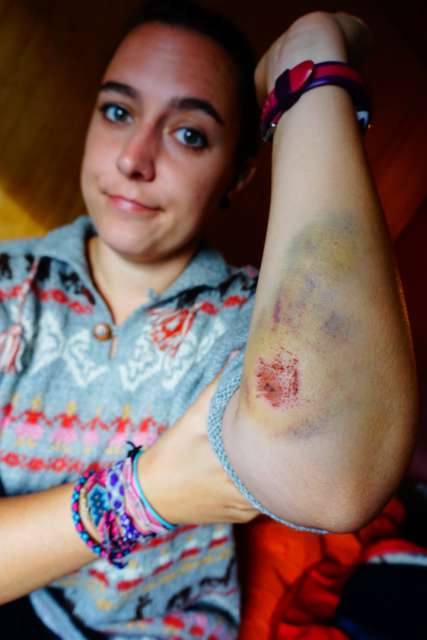
گېزىتلەرگە مۇشتەرى بولۇڭ
Saying goodbye to Paraguay was difficult for us, but on February 22nd we had to take our flight to Patagonia from Buenos Aires, so we packed our backpacks and made our way to Argentina across the Rio Paraná. The ugly border town of Posadas was typically Argentine ... concrete as far as the eye can see and hordes of smuggler gangs who looked at us sideways if we stood near them for even a moment. But we wanted to give northern Argentina another chance and finally see capybaras, which are called Carpinchos here (in Paraguay, we were promised to see many, but they must have all fallen victim to the numerous Asado grills). For this, we made a stop in the sleepy town of Ubajay, which is located directly on Route 14 to Buenos Aires but is hardly served by any bus company. But we definitely wanted to visit the El Palmar National Park, where the Yatay palm is protected and where hundreds of capybaras live. In Ubajay, we rented the only vacation apartment in the village and could even organize a taxi for the next day to the national park. We were the first visitors to the park and after some negotiations and persuasion, we were allowed to explore the park on foot and enter sections that were actually closed. Typically Argentine means that you drive everywhere by car, and the lady at the information counter couldn't understand why we wanted to explore the national park on foot. When we answered "hiking," she shook her head and said that all hiking trails had been closed for years. But I didn't want to accept that and complained a bit, which I can do very well in Spanish by now, and whoosh, we were allowed to use the currently closed roads for cars. Foxes, deer, falcons, and water pigs greeted us within the first meters, and there were occasional snoring and grunting sounds coming from the bushes, indicating the presence of capybaras. During our first Tereré break at the parrot viewpoint, a very brave fox came near us and accompanied us for a while on the further path through the park. But it wasn't just the animals that kept our cameras busy, the palm trees were also beautiful to look at. On the way to the next viewpoint, we finally got to see the first capybaras up close. Capybaras splash around and eat all day and serve as water taxis for some birds, which in turn keep the fur of the oversized guinea pigs clean. Occasionally, the excess energy has to be released, then the males run toward each other, stand on their hind legs, and strike their huge rodent teeth into each other while using their webbed front paws to keep the opponent at a distance. We could have watched these playful rodents all day. Instead of walking the whole way back in scorching heat, we hitchhiked with three nice Argentine women who had enough space in their car. Back at the service center, we had an extensive Vespéro (Spanish for snack), where we discovered the funniest animal of our trip: a Vizcacha! This animal looks like a armored bunny or a chinchilla raccoon ... very cute, as it munched out of its root cave. The weather also showed itself from its sunniest side, so we took a long break on the sandy beach of the Rio Uruguay, which was only a few meters away from the Uruguayan mainland.
The next morning, or in the middle of the night, it started pouring rain, which was not very convenient for us because we had to catch our bus to Buenos Aires at 04:45. We were about to put on our rain pants, but then the rain calmed down for a few minutes and we rushed to the bus station in the early morning, where the bus arrived "only" 40 minutes late but then drove us to Buenos Aires quite quickly.
In Buenos Aires, we started with a freewalking tour to get an overview of the metropolis. Already during the taxi ride to the hotel, the city reminded me a lot of Paris. This impression was confirmed during the tour when we were told that the urban planning model was Paris! The Argentinians claim to be Spanish-speaking Italians who would like to be French. However, a real Italian would probably choke on his spaghetti if he saw how the Argentinians treat their gelato. Ice cream is sold here not by the scoop, but by the kilo, and instead of being served in delicious waffle cones, it is heaped into Styrofoam cups. The prices for that are also inhuman, we paid 5.77 euros for 1/4 kilo of ice cream (the smallest amount to buy, equivalent to 2 scoops), no me gusta!! Unfortunately, Argentina still has a very high inflation rate, which is why everything is much more expensive than here! But once we wanted to try a real Argentine steak, we followed the advice of my former roommate Patricia and went to a Parilla stand in the Palermo district. We ordered a portion together, which turned out to be 4 juicy and wonderfully grilled beef steaks, a dream come true!
Otherwise, we learned a lot about Argentine history, especially about the Perón couple, the love for soccer, and strolled through the streets lined with imposing town villas. One story we particularly liked goes like this: a wealthy and very religious Argentine family builds their own church, which is within sight from their residence palace. Son of a wealthy Irish family living in Buenos Aires proposes to the daughter of the Argentine family, who does not want an Irishman as a son-in-law. The Argentine family goes on vacation for 6 months and in revenge, the Irish family builds an ugly concrete block in the shape of a giant raised middle finger right in front of the private church, which since then leads a sad existence in the shadow of the concrete monstrosity ... decadence at its best 😊
Since our flight to Rio Gallegos was limited to 15kg of luggage, we "had" to leave our summer clothes at the hotel in Buenos Aires, which was actually quite convenient because now we can travel lightweight through Patagonia. In Rio Gallegos, we then took the next bus to Punta Arenas, Chile. At the bus station, my phone suddenly rang with a Chilean number, but since it is usually the mobile network provider asking when I will recharge my balance, I hung up immediately. But the next second, it dawned on me that it was the ferry company that might still have tickets for the crossing to Puerto Williams for us. A friendly Frenchman told us about it in Paraguay, that he had traveled to the last inhabited village in Tierra del Fuego with a supply ship that also took a few tourists. That sounded very exciting to us, but when I tried to book the tickets, we received a rejection because all the seats were already taken. After some back and forth via email (I didn't have any mobile credit, of course) with lousy Wi-Fi at the train station in Rio Gallegos, it became clear that we should go to the end of the world the next day at 6 pm with the cargo catamaran. But we were not yet in Chile ... The border crossing was typically Chilean again, complicated and extremely time-consuming, but we were welcomed by a lot of guanacos (a type of wild llama), rheas (giant flightless bird), and road signs that showed us the way to the end of the world.
After 3 hours of waiting at the border, we finally continued to beautiful Punta Arenas, where we received a brand new room with a private bathroom due to an overbooking at the hostel. Everything went smoothly for us, so let the Patagonia adventure continue like this! However, we could hardly enjoy our room, as we had to empty the ATMs because we expected that there would be no working ATMs in Tierra del Fuego, and the next day, we had to show up at the ferry office at 10 am and pay cash for the tickets. There, we also realized that the spontaneous adventure could turn out to be a bit more expensive than we thought, as we had assumed we were totally uninformed, because the last night on board has to be paid extra or you will be thrown off the ship at midnight at the end of the world. The onward journey to Ushuaia, Argentina, would probably cost us another 100 US dollars. But we already knew that Patagonia would not be cheap. We spent the remaining hours until departure in a ship museum, where there were faithful replicas of the ships from the first circumnavigation by Magellan and an Antarctic expedition to see. Thanks to the audio guide, we received a great history lesson in seafaring, and we found everything so interesting that even the rain that started didn't really bother us.
In the afternoon, we warmed up in a nice café and were on time at 5 pm to embark on our Yaghan ferry. Here we took our 180-degree reclining seats and off we went towards the "Fin del Mundo". Just below Punta Arenas, the rugged island landscape of Tierra del Fuego begins, and by dinnertime, our camera batteries were glowing because we had probably already taken 1000 photos.
Everything down here is simply spectacularly beautiful, the sunrises and sunsets, the endless mountain ranges with their snow-capped peaks, the glaciers that repeatedly reach the water's edge, the sea lions that hop over the stern waves, the penguins that annoy us by diving every time we wanted to take a picture of them, the numerous seabirds that dodge our ship with a perfect Jesus move and sprint over the water, and of course the whales that greeted us from a distance with giant water fountains. Since our Caribbean cruise, Tömmi has been wishing to be able to say "Thar she blows!" His favorite quote from Moby Dick, and now the time has finally come 😊 Unfortunately, even our photos can only provide a tiny glimpse into the uniqueness of this wonderful nature, in which we felt like dwarfs on our 71-meter long freighter.
The weather was also on our side, providing us with sunshine from sunrise to sunset, and even the wind and waves were very tame for Patagonian standards. The 30 hours passed far too quickly, and we were a bit sad when we had to disembark in Puerto Williams on Saturday morning. The sleepy town is even further south than the well-known Ushuaia, but the Chileans do not want to market it and leave it to the tourist masses like the Argentinians do. Although there was only a relatively narrow channel separating us from Ushuaia, Argentina, it was not easy to cross. We were advised to ask sailors in the port of Puerto Williams if they sail the route, but it didn't work on that day. I asked several skippers, but they all said no and mentioned that they were sailing in the opposite direction. So our only option was the expensive tour package, which is usually unreasonably expensive at 100 US dollars, but on Saturdays it gets even worse: 150 US dollars per person for a quick bus and an even shorter boat trip, but including a border crossing. Since we already had a room reserved in Ushuaia, we had no choice but to bite the bullet. The boat trip was really fun, the speed catamaran rushed over the high waves and took us quickly to the last big city at the end of the world, Ushuaia, or as I called it, Disneyland at the end of the world.
Since we never actually planned to visit the island of Tierra del Fuego and Ushuaia because we heard from some travelers that this mysterious Tierra del Fuego is very barren and not worth visiting, we were more than impressed by Ushuaia and the surrounding landscape! First, we actually wanted to visit the famous "Tierra del Fuego" National Park, but the expensive bus and entrance fees made us change our plans. So, the Laguna Esmeralda and the Laguna de los Témpanos with the Vinciguerra Glacier were on the program, two beautiful day trips that gave us magnificent mountain panoramas, glacier lakes, and also swamp landscapes. The beavers that were introduced here by immigrants in 1946 feel very comfortable here and build dams like world champions. But actually, the beaver has no business here in Tierra del Fuego, because the ecosystems here in the southern hemisphere have developed for millions of years without the rodents. In Tierra del Fuego, there are only 3 types of trees, all of which do not cope with the marshy ground caused by the beaver dams. The animals have changed 40% of all rivers in Tierra del Fuego and transformed tens of thousands of hectares of forest into marshy meadows. And our hikes led us through exactly this terrain. Although we didn't see any beavers, even though Tömmi waited for hours at the dams to spot one, BUT we definitely felt the effects on the ground, especially on our shoes and clothes: hip-deep mud awaited us! On the first hike to Laguna Esmeralda, it was quite fun when we searched for our paths from stone to root to moss fungus like Super Mario and occasionally sank into the brown mud. But on the second hike to the glacier, especially on the partly very steep return, it wasn't that funny anymore because our hiking boots had lost all their grip due to the sticky mud, and so we fell on our butts, or in my case, on my elbow, at regular intervals. Well, we survived it, and the glacier plateau at the foot of Vinciguerra was incredibly cool, in the truest sense of the word 😊 Of course, we climbed under the glacier into the ice caves, which made me feel a bit uneasy with an 800-meter-high glacier directly above me. Tömmi then tried to climb around a bit on the glacier without crampons, which was a rather hopeless undertaking. We enjoyed our Vespéro there on the stone cemetery that the glacier spits out and enjoyed the view of the sea and the milky glacier lake.
Note from Tömmi: Going hiking with Tina again is simply fantastic! However, it is advisable to avoid straying a few meters from the trail or even getting lost if you don't want to be confronted with hysterical panic. During our first hike, we followed a guided group, assuming they had the same destination as us. A very nice Indian couple from the group chatted with us as we enjoyed the beautiful nature and took many photos. Eventually, we hung back a bit so as not to make the guide feel like we were sneaking into the group. At some point, the group turned off the trail at a riverbed onto unpaved terrain, and the guide, from a distance, gave us signals that we should not follow. At that moment, my beloved Tina exploded and panicked that we now had to walk back and could no longer reach our destination for the day, Laguna Esmeralda. Tina only believed me after an hour when we reached the wonderful lagoon, that according to my mobile app, we had only veered 500 meters off the trail, and the remaining time of four hours was more than enough for a total of 5 kilometers round trip. From that point on, the blame had shifted from my shoulders to those of the foreign guide, who should have told us much earlier that the guided group took a different path. On the following day, we were on our way back from the glacier when I followed the old trail marker, which admittedly led us to not so funny terrain. Deep mud and fallen trees to be crossed on steep slopes caused Tina to have a mud-filled shoe and for me, after a slip, ended up with a good handful of mud in my underwear and my ears ringing from Tina's excellently trained teacher voice. However, I must expressly state that Tina, as a water child, has an excellent experience on the mountains and usually only wonders about what she keeps doing here with me during the descent.
In the evening, there would have been a carnival parade in Ushuaia to admire, but we were so exhausted from the 8 hours of hiking that we just managed to pack our bags and print out the bus tickets for the next day. My elbow now looked like the glacier above me had collapsed, and so the costume parade took place without us.
Now the legendary Torres del Paine National Park awaits us, whether it can really live up to what so many hiking enthusiasts report, remains to be seen.
گېزىتلەرگە مۇشتەرى بولۇڭ
جاۋاب
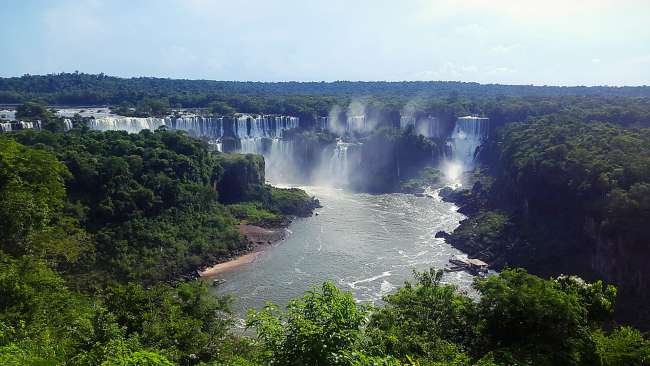
ساياھەت دوكلاتى ئارگېنتىنا

